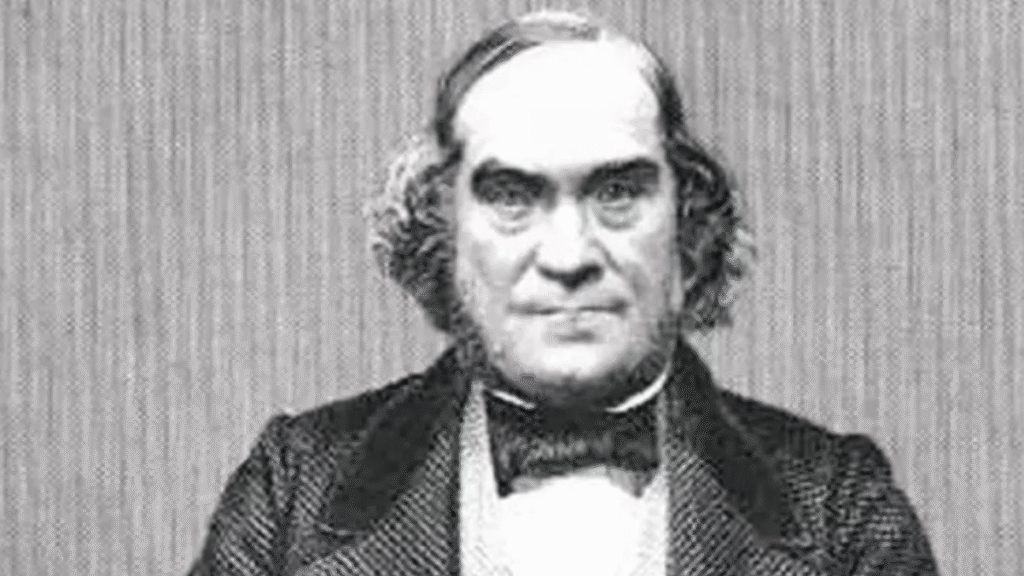As India moves ahead with digital finance and modern fiscal frameworks, a glance back into history reveals a pivotal moment in the subcontinent’s economic journey — the presentation of India’s first-ever budget by James Wilson on February 18, 1860, during British colonial rule.
James Wilson, a British economist, politician, and the founder of The Economist magazine, was appointed as India’s first Finance Member of the Viceroy’s Executive Council. Tasked with stabilizing the Indian economy after the Revolt of 1857, Wilson introduced structured financial governance, including income tax, customs duties, and a formal budgetary process.
Presented in Calcutta (now Kolkata), the 1860 budget laid the foundation for financial discipline and revenue management in British India. It was the first time income and expenditure were formally documented and debated for the Indian colony, with a goal of reducing deficits and modernizing fiscal administration.
“James Wilson’s budget was less about democracy and more about economic control,” remarked a financial historian. “But it remains the starting point of India’s journey into structured public finance.”
Sadly, Wilson’s efforts were short-lived. He died later in 1860 from dysentery, but his legacy lived on in the form of a functioning fiscal system that would be carried forward by the colonial and later independent Indian governments.
Today, as India presents trillion-rupee budgets powered by technology and transparency, Wilson’s 1860 effort is remembered as a landmark — the first step in formal economic governance on Indian soil.







